News Beat
News Beat reporting is an idrw.org initiative to let our Readers to report News Based on Actual facts but some how has not been reported in Main Stream Media .
SOURCE: RAUNAK KUNDE / NEWS BEAT / IDRW.ORG
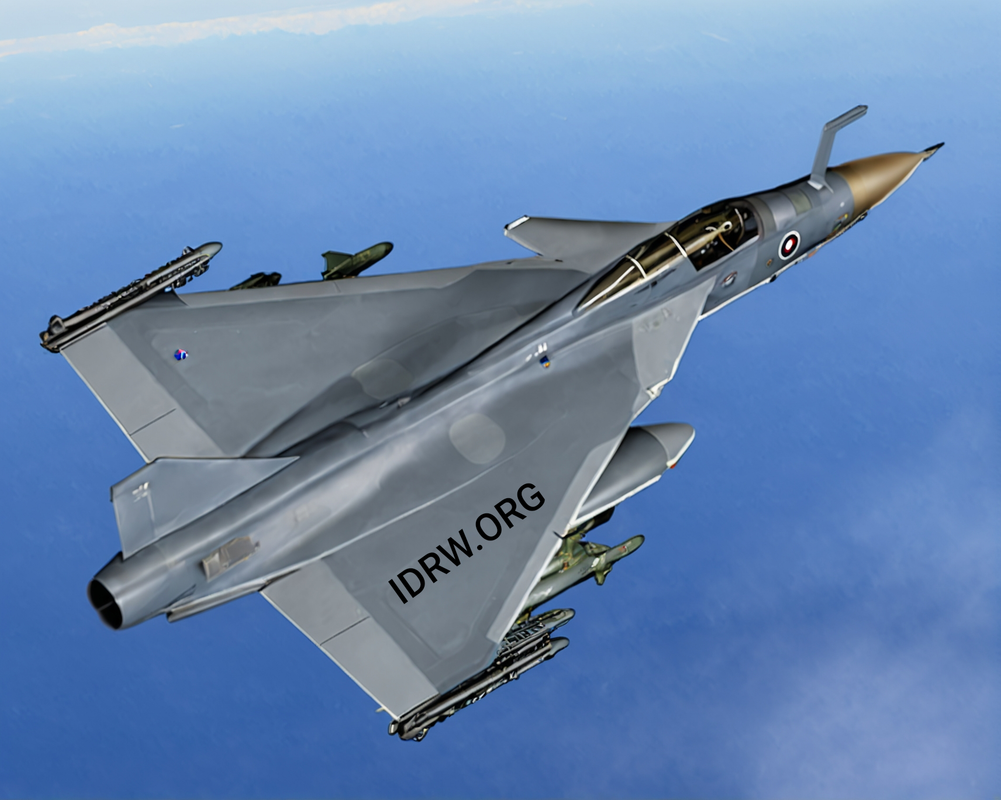
The Indian aerospace industry is abuzz with excitement as the Tejas MkII, the next-generation variant of the indigenous Light Combat Aircraft (LCA) Tejas, inches closer to taking shape. The Aircraft and Systems Testing Establishment (ASTE), a premier Indian Air Force (IAF) institution, has been entrusted with a crucial role in preparing the Tejas MkII for its maiden voyage.
According to reports in idrw.org, aircraft assembly is set to begin this month in Bangalore, with small equipment and fuselage sections already arriving at the HAL facility. The first fully assembled Tejas MkII is expected to roll out next year, marking a significant milestone in the program.
Continue readingSOURCE: RAUNAK KUNDE / NEWS BEAT / IDRW.ORG

In a significant development for India’s aerospace industry, Hindustan Aeronautics Limited (HAL) will secure a complete transfer of technology (ToT) for the Shakti 1H1 engines. This strategic move will enable HAL to fully control the manufacturing process of these critical components, which power a range of Indian-made helicopters.
The Shakti engine, a derivative of the Safran Ardiden 1H1, is specifically designed for high-altitude operations. It has been successfully integrated into several Indian helicopters, including the ALH MKIII (Dhruv), MK IV (Rudra – WSI), and LCH (Light Combat Helicopter). With a demand for nearly 2000 engines to support ongoing operations in the next 20 years, HAL’s decision to develop its turboshaft engine, the HTSE-1200, was driven by a desire to reduce dependence on Safran.
Continue readingSOURCE: RAUNAK KUNDE / NEWS BEAT / IDRW.ORG
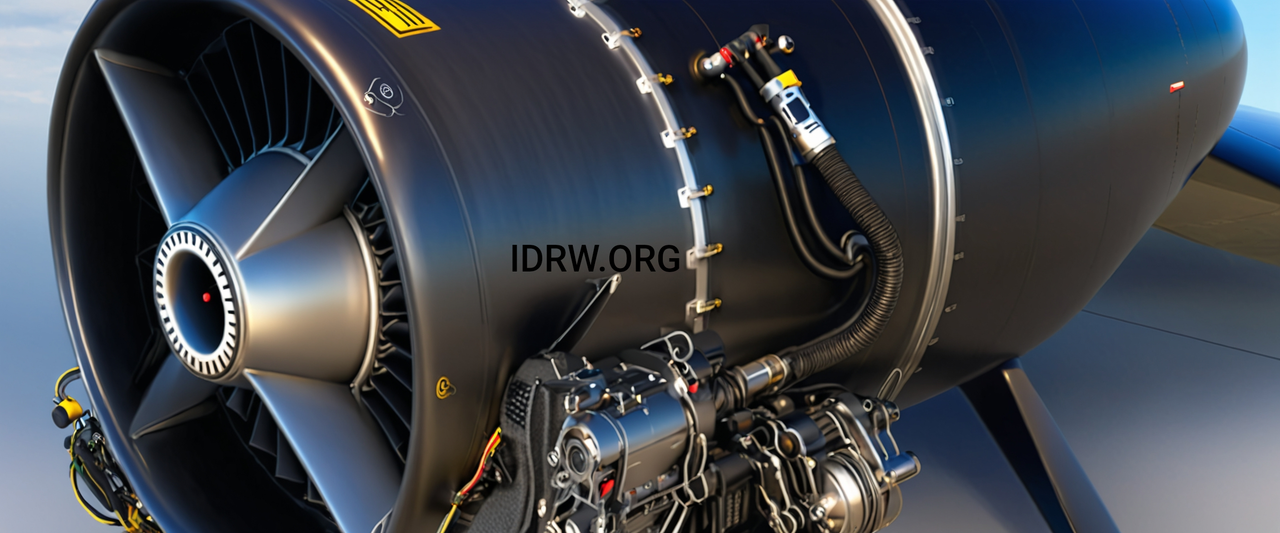
The Indian Navy is poised to revolutionize its anti-ship warfare capabilities with the upcoming deployment of the Naval Anti-Ship Missile-Medium Range (NASM-MR). This indigenously developed missile system features a new Small Gas Turbine Jet Engine (SGTJE), which is being jointly developed by the Research Centre Imarat (RCI) and the National Aerospace Laboratories (NAL).
The SGTJE, with a maximum power of around 2.7 KN, will provide the NASM-MR with high sub-sonic speed and an impressive range of 300 kilometres. This significant boost in performance will enable the missile to effectively target small- to medium-sized warships such as frigates, corvettes, and destroyers.
Continue readingSOURCE: RAUNAK KUNDE / NEWS BEAT / IDRW.ORG
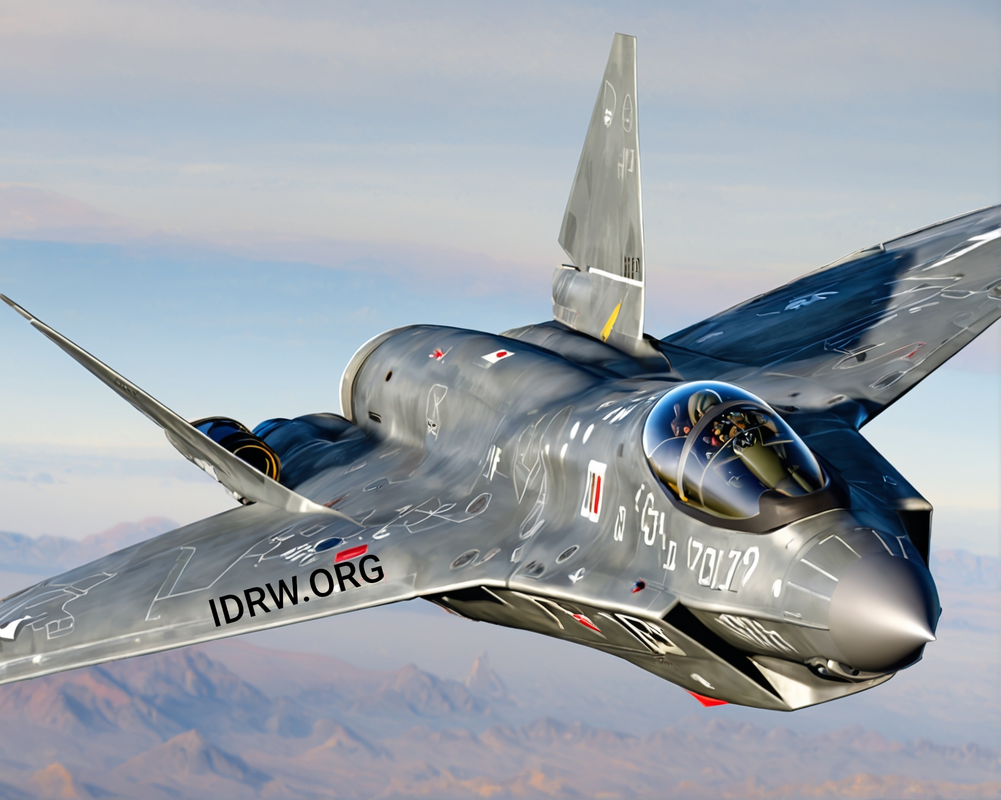
Russia, through its Sukhoi Design Bureau, is actively seeking to enhance its interactions with Indian defence officials regarding the Su-75 Checkmate, a single-engine, stealth fighter aircraft currently under development. This interest is expected to be a significant focus during the upcoming Aero India 2025, following positive discussions held at Aero India 2023, where Russian officials briefed their Indian counterparts on the Su-75 program.
The Checkmate is being positioned as a cost-effective alternative to existing stealth fighters, with Russia keen to solidify a government-to-government (G2G) deal with India that could potentially reshape India’s future fighter acquisition plans.
Continue readingSOURCE: RAUNAK KUNDE / NEWS BEAT / IDRW.ORG
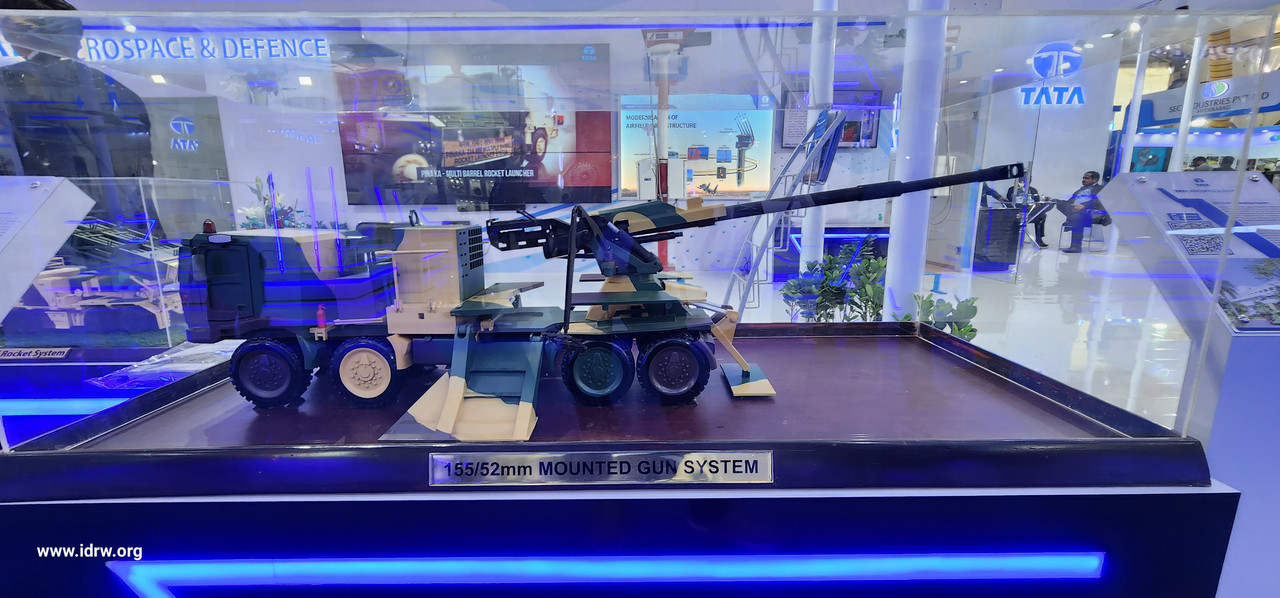
Tata Advanced Systems (TASL) has developed a new Truck-Mounted Howitzer (TMH) based on its renowned Advanced Towed Artillery Gun System (ATAGS). This new artillery system is designed to compete with the MGS developed by the Kalyani Group, both of which share the same underlying ATAGS gun.
The Tata-developed TMH leverages the Tata LPTA 3945 / 3138 8×8 Truck as its platform, offering exceptional mobility and versatility. While the MGS also utilizes the ATAGS gun, Tata’s TMH boasts its unique design and features.
Continue readingSOURCE: RAUNAK KUNDE / NEWS BEAT / IDRW.ORG
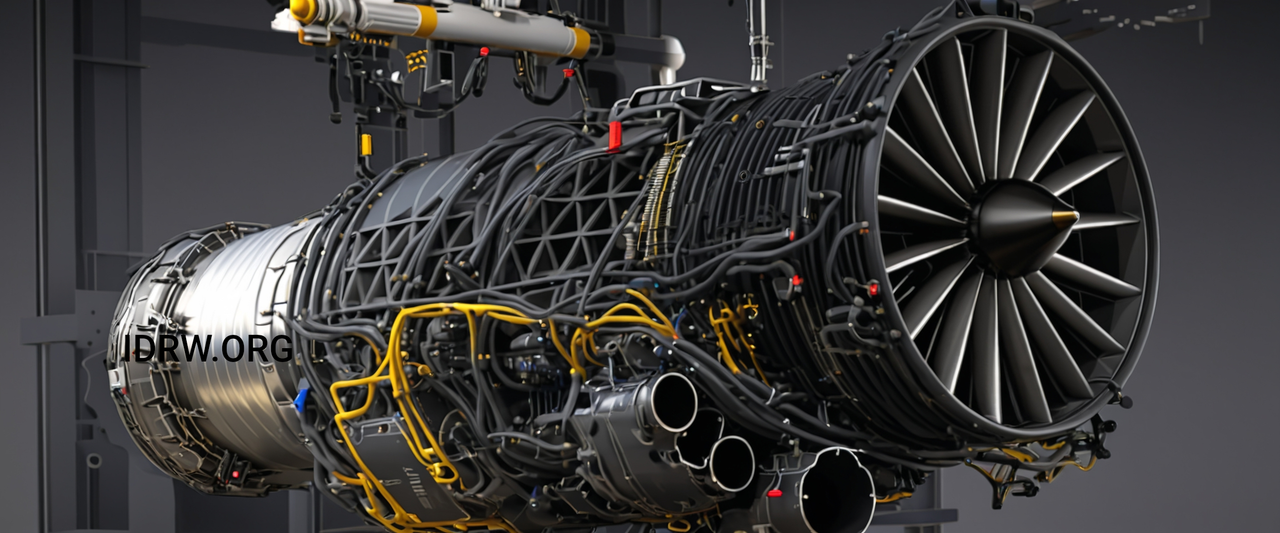
GE Aerospace and Hindustan Aeronautics Limited (HAL) are poised to finalize a significant deal for the transfer of technology (ToT) for the F-414 engine later this year. This agreement is expected to see GE Aerospace sharing nearly 80% of the ToT with HAL, enabling the local manufacture of the engine in Bangalore.
GE Aerospace has emphasized that the ToT package offered to India is far more extensive than any previous such agreement for the F-414 engine. South Korea, another country using the F-414 for its KF-21 fighter jet program, has only received 59% ToT.
Continue readingSOURCE: RAUNAK KUNDE / NEWS BEAT / IDRW.ORG
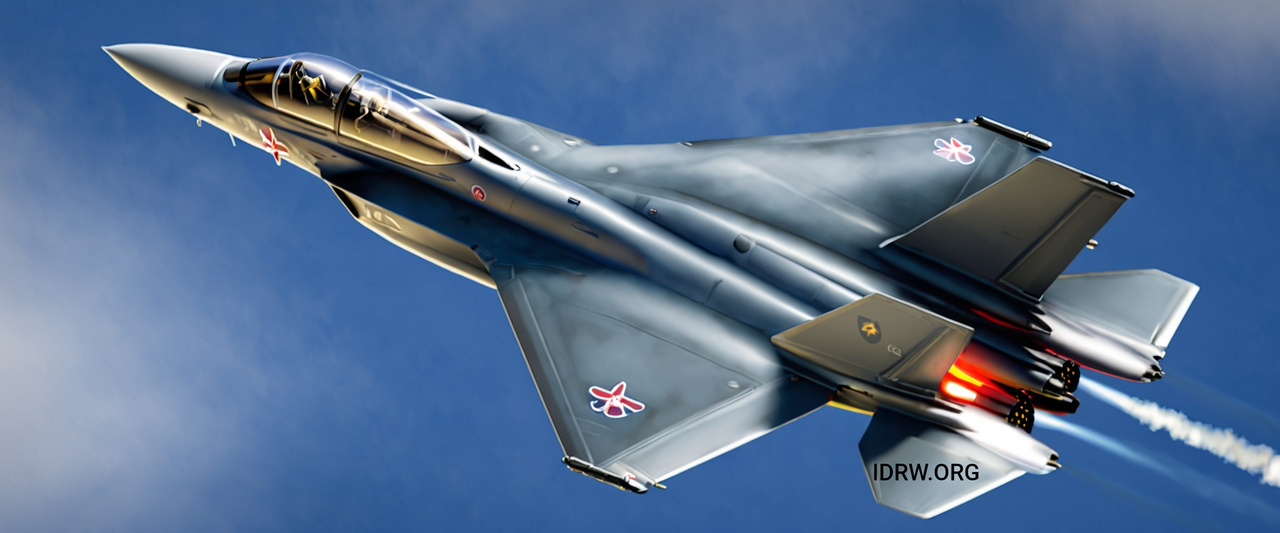
Recent reports suggest a potential upgrade for India’s indigenously developed 5th generation fighter jet, the AMCA. According to a report by ANI, the AMCA’s Maximum Takeoff Weight (MTOW) may be increased to 27 tons, exceeding the 25 tons previously confirmed by the Aeronautical Development Agency (ADA) a few years ago.
The ADA had earlier outlined the AMCA’s characteristics, including a 25-ton MTOW with a 12-ton empty weight. The aircraft’s internal fuel capacity was projected to be 6.5 tons, with an additional 1.5 tons allocated for internal weapons in stealth configuration. This configuration would maintain a 20-ton MTOW, with the remaining 5 tons available for additional external weaponry in non-stealth mode.
Continue readingSOURCE: RAUNAK KUNDE / NEWS BEAT / IDRW.ORG

In a significant development, Armenia is seeking India’s assistance to upgrade its small fleet of Russian-built Su-30SM fighter jets. The move comes on the heels of Armenia’s growing defense ties with India, having recently ordered rocket systems, artillery guns, and weapon locating radars from the country. The upgrade is expected to involve modernizing the aircraft’s avionics, electronic warfare (EW) suites, and weapons, with the collaboration of Hindustan Aeronautics Limited (HAL).
Colonel Hovhannes Vardanyan, who leads Armenia’s Air Force Department, confirmed the country’s interest in upgrading its Su-30SM fighters with the help of HAL, citing the Indian aerospace giant’s considerable expertise. “We are looking at modernizing our Su-30s with the help of Hindustan Aeronautics Limited (HAL) as it has a lot of expertise in the field,” Vardanyan stated.
Continue readingSOURCE: RAUNAK KUNDE / NEWS BEAT / IDRW.ORG
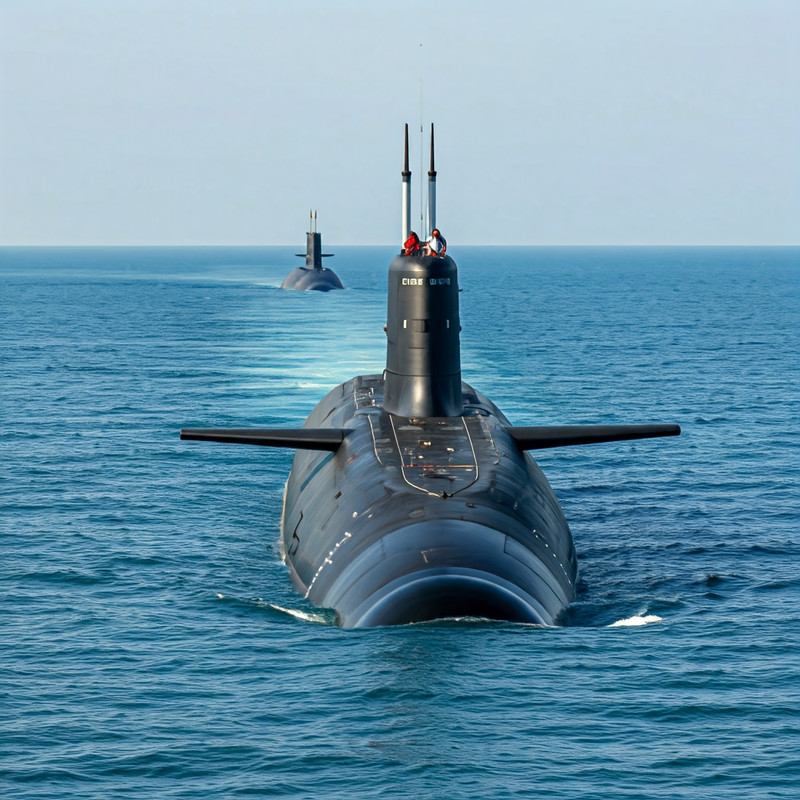
The Indian Navy officals have clarified that it will proceed with the construction of two nuclear attack submarines under Project 77, but the ultimate aim is to have a fleet of six nuclear attack submarines to keep them technological advances and make improvements on each block as per feedback.
Initiated in 2015, Project 77 aimed to develop and build six advanced nuclear attack submarines in three phases with each phase will see development of two nuclear attack submarines each at a time. Once the first two submarines are inducted, the next two will go into production with advancements planned in the next batch.
Continue readingSOURCE: RAUNAK KUNDE / NEWS BEAT / IDRW.ORG
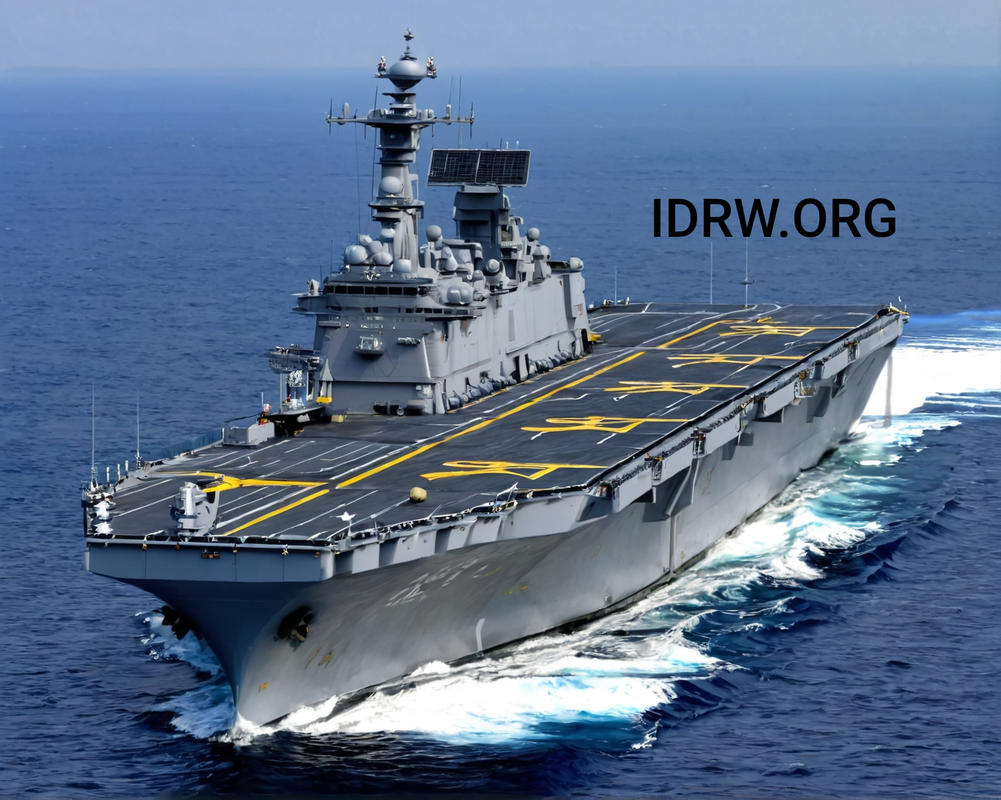
Admiral Marcos Sampaio Olsen, the commander of the Brazilian Navy, during his recent visit to India, expressed a keen interest in collaborating with Indian experts to develop helicopter carriers for its fleet.
Brazil plans to locally build two helicopter carriers to replace its current flagship, the NAM Atlantico. This multi-purpose aircraft carrier was constructed by Vickers Shipbuilding and Engineering, a part of BAE Systems.
Continue readingSOURCE: RAUNAK KUNDE / NEWS BEAT / IDRW.ORG

Mazagon Dock Limited (MDL), a leading Indian shipyard, is making substantial advancements in the development of an indigenous 5MW Electric Propulsion Motor (EPM) for submarines. The company is aiming to complete the development and testing of this critical component by December 2027.
The 5MW EPM is intended for use in the Project-76 submarine program, under which the Indian Navy plans to develop an indigenous Air-Independent Propulsion (AIP)-equipped conventional submarine with a displacement of approximately 3000 tons.
Continue readingSOURCE: RAUNAK KUNDE / NEWS BEAT / IDRW.ORG
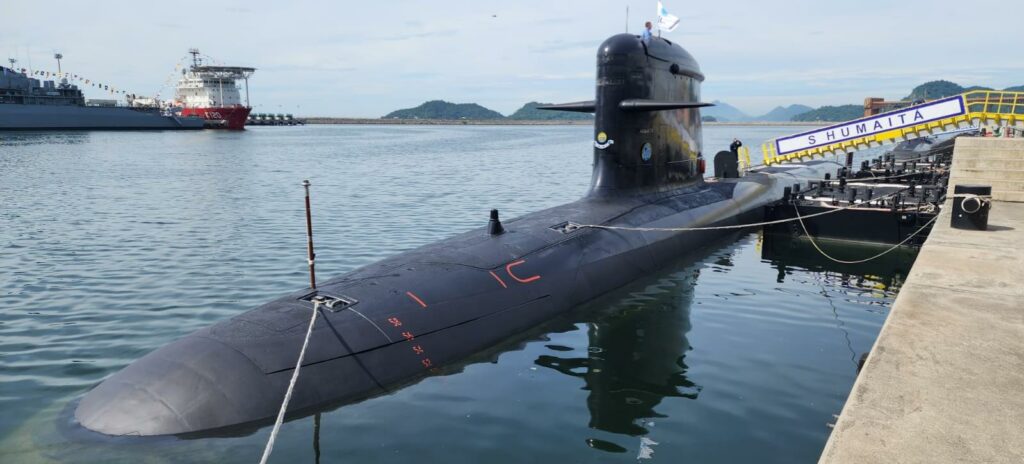
Admiral Marcos Sampaio Olsen, the commander of the Brazilian Navy, during his recent visit to India, expressed keen interest in the Fuel Cell-based Air Independent Propulsion (AIP) system developed by the Defence Research and Development Organisation’s (DRDO) Naval Materials Research Laboratory (NMRL).
The Admiral, who toured Mazagon Docks and other DRDO facilities, showcased a land-based prototype of the NMRL’s AIP system. This system has successfully undergone testing and is slated to be incorporated into the first Kalvari-class submarine in 2025.
Continue readingSOURCE: RAUNAK KUNDE / NEWS BEAT / IDRW.ORG
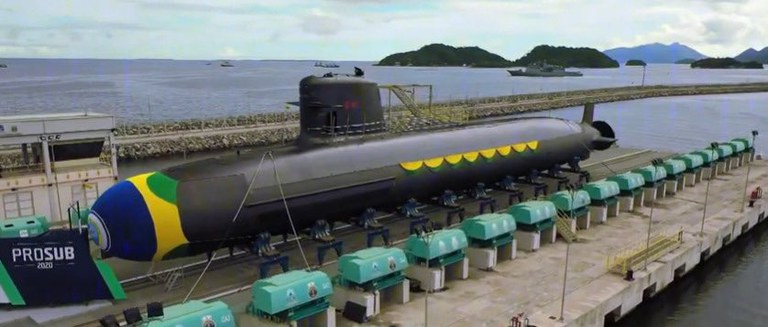
Admiral Marcos Sampaio Olsen, the commander of the Brazilian Navy, has expressed interest in collaborating with India in the sector of nuclear-powered submarines, particularly focusing on technical and training aspects.
During a recent interview, Admiral Olsen highlighted Brazil’s advanced capabilities in nuclear technology. The country possesses significant uranium deposits, has mastered enrichment technology, and is nearing completion of small nuclear reactor development.
Continue readingSOURCE: RAUNAK KUNDE / NEWS BEAT / IDRW.ORG

In a setback for India’s Tejas Mk-1A fighter program, GE Aerospace has confirmed that the delivery of two F404-IN20 engines, originally scheduled for later this month, has been pushed back to November. This delay adds to the ongoing challenges faced by Hindustan Aeronautics Limited (HAL) in procuring the necessary engines for the production of the Tejas Mk-1A.
The Tejas Mk-1A, a more advanced variant of the Tejas light combat aircraft, made its maiden flight in March this year with Category B reserved engines. HAL had been relying on GE Aerospace to supply 16 engines for the current financial year. However, due to production constraints, the delivery schedule was revised, and GE Aerospace committed to providing six engines before the end of March 2025.
Continue readingSOURCE: RAUNAK KUNDE / NEWS BEAT / IDRW.ORG

India and the United States are inching closer to a joint venture to locally manufacture Stryker armoured infantry combat vehicles (ICVs). Following successful trials by the Indian Army, the US is pressing for the deal, despite India having domestic alternatives available at a significantly lower cost.
The US is keen to finalize the Stryker deal with India, emphasizing the vehicle’s capabilities and potential benefits for bilateral defence cooperation. However, the Indian Ministry of Defense (MoD) and the Indian Army are weighing their options carefully, considering both the Stryker and domestically developed alternatives.
Continue reading